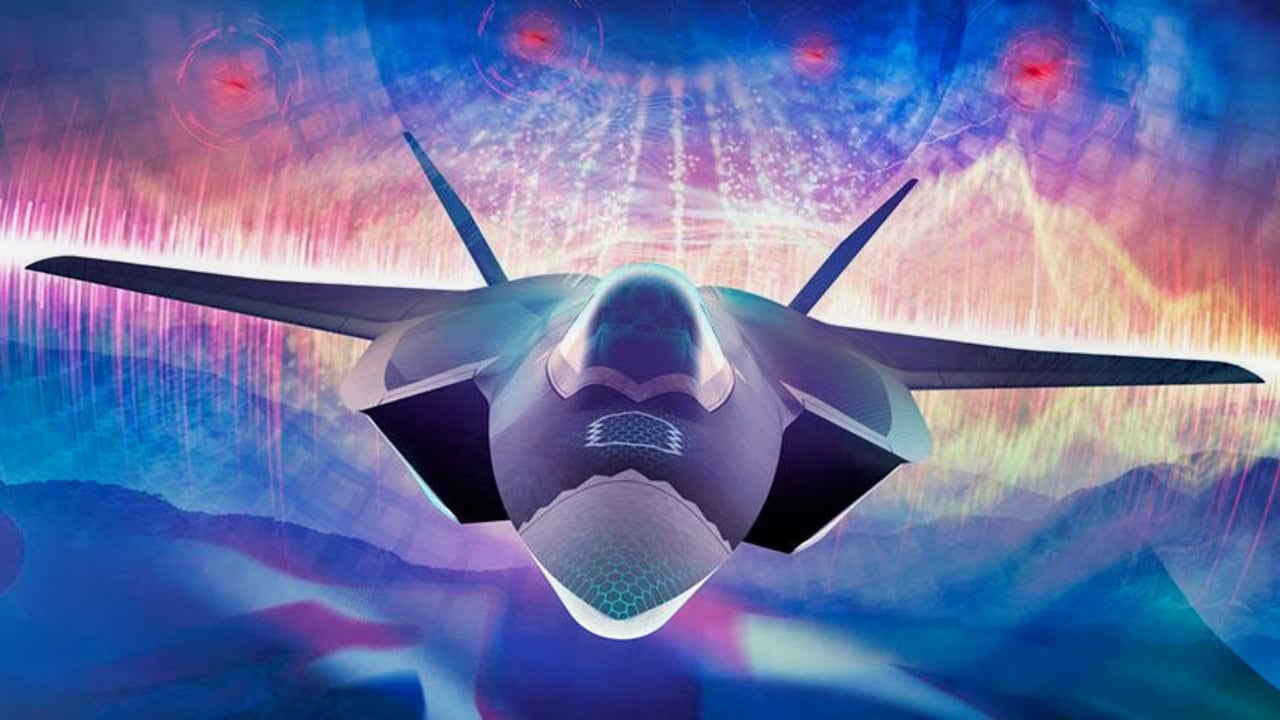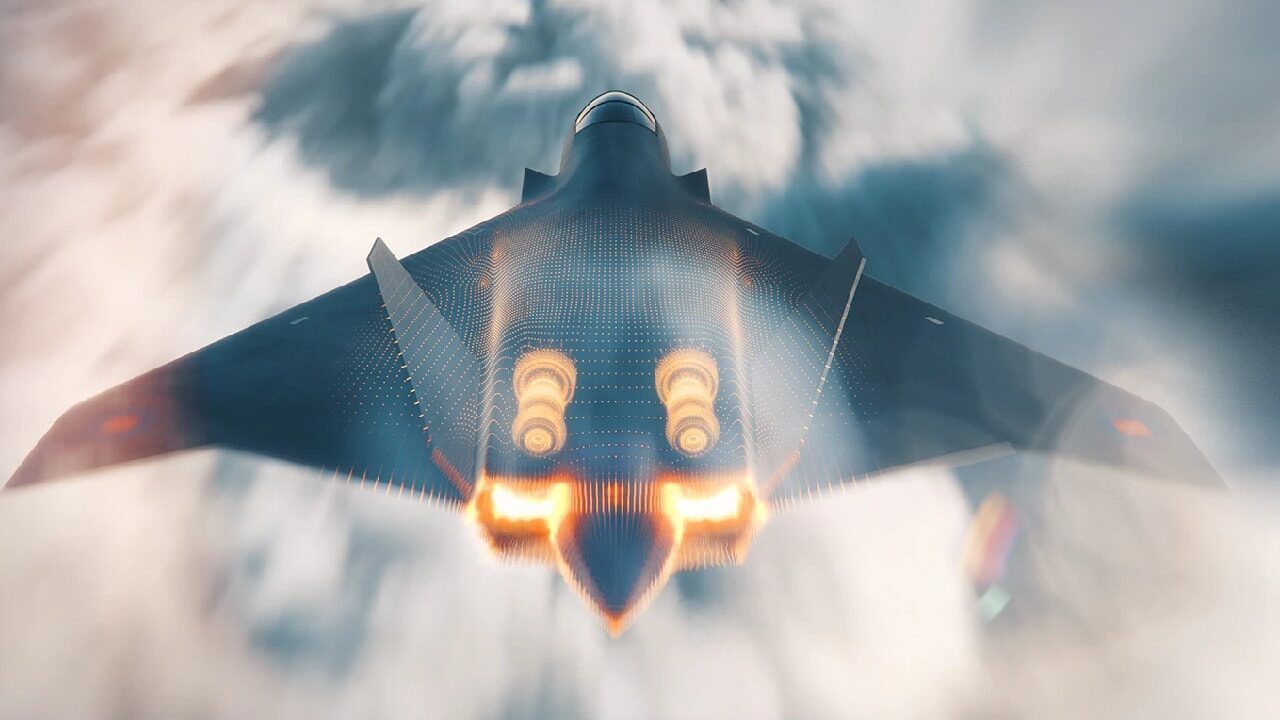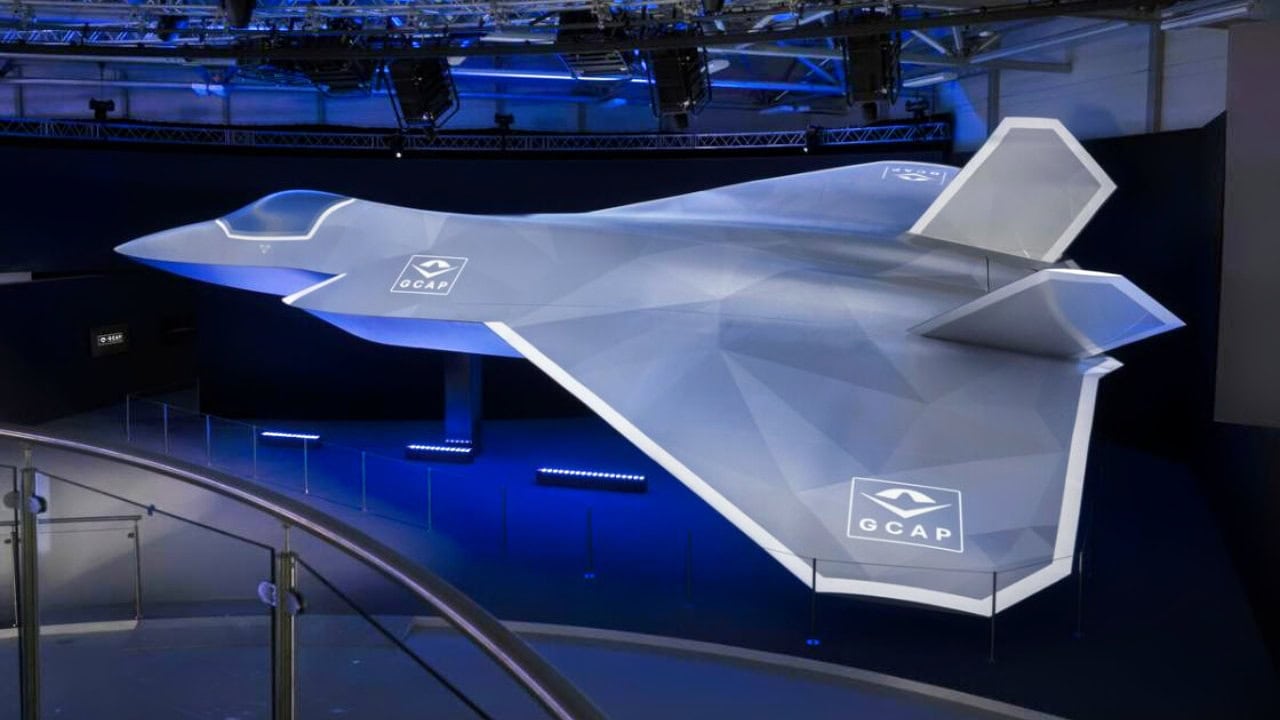Key Points: The Global Combat Air Program (GCAP) merges the expertise of the United Kingdom, Japan, and Italy to develop a sixth-generation fighter that promises advanced stealth, aerial teaming with drone “wingmen,” and powerful electronic-warfare capabilities.
-Partners BAE Systems, Leonardo, and Japan Aircraft Industrial Enhancement aim to replace current fourth- and fifth-generation jets, with the fighter projected to fly by 2035.
-Despite questions over budget allocations and the complexity of three-nation collaboration, the project promises significant economic benefits and high-tech job creation.
-If GCAP stays on schedule and on budget, it may produce one of the world’s most capable next-gen combat aircraft.
Game-Changing Alliance: How GCAP’s 6th-Gen Fighter Could Redefine Air Power
Typically, one nation-state works alone to develop a piece of military hardware. Countries have their defense industrial base with prime contractors and subcontractors that hail from inside the homeland. Sometimes, countries can partner in joint ventures to develop new defense systems. This takes advantage of economies of scale and increases the number of engineers and designers who can pool their creative brain power for maximum effect.
GCAP Brings Three Venture Partners Together
Such is the case with the new airplane from the Global Combat Air Program (GCAP) consortium. This joint venture brings together the United Kingdom, Japan, and Italy. The GCAP aims to produce a next-generation fighter jet that will rival new United States, China, and Russia models.
Replaces Fourth and Fifth-Generation Fighters
Italy’s Leonardo and Japan Aircraft Industrial Enhancement will work with the U.K.’s BAE Systems. The GCAP joint venture aims to produce a fighter that can someday take the place of the F-2, the Eurofighter Typhoon, and the F-35.
It will likely not fly until 2035 at the earliest, but the three defense contractors will have plenty of time to create a design and set of features that could make it one of the best sixth-generation fighters in the world.
The airplane doesn’t have a name at the moment, and I will refer to it as the GCAP for the time being. The joint venture will begin work in mid-2025. The three joint venture partners will hold one-third of the ownership of the entire project.
Defense Contractors Are Excited
Charles Woodburn, BAE Systems CEO, said of the joint venture agreement, “The new business will bring together the significant strengths and expertise of the companies involved to create an innovative organization that will lead the way in developing a next generation combat air system, creating long-term, high value and skilled jobs across the partner nations for decades to come,” according to BreakingDefense.com.
The ’Wow’ Factor Is in Effect
The new jet is expected to be manned and will have a delta-wing shape and a large wingspan for better stealth attributes. GCAP will also employ the Loyal Wingman concept in which the main fighter will have tethered drones – known in the United States as Collaborative Combat Aircraft (CCA). CCAs can have many missions.

GCAP Fighter. Industry Handout Image.
They can fly out ahead and collect intelligence, surveillance, and reconnaissance data. This information could be used to train large language artificial intelligence models that can help the pilot with better situational awareness.
CCAs can fire hypersonic missiles, be used for target acquisition, and to conduct bomb damage assessments. There could even be a swarm of kamikaze drones controlled by the GCAP when serving as a mothership.
The GCAP will also have ultra-stealth features that could blind it to enemy radars and sensors. The GCAP will be an electronic warfare bird that will also spoof and confuse adversarial radar and communication systems.
The GCAP could have “advanced active electronically scanned array (AESA) radar, infrared search and track (IRST), and advanced electronic support measures (ESM),” according to 19FortyFive’s Caleb Larson.
GCAP: Can This Really Be Funded for the Next Ten Years?
This all sounds great, but the proof will be in the pudding. It is not clear where the funding will come from. It will probably be split by 33.3 percent among the three countries’ militaries. There could be problems with too many cooks in the kitchen. All three joint venture members will have to agree on a design. Engineering problems could crop up, and the defense contractors and the workers could quarrel.
But on the plus side, great minds will work on the project with talented engineers and designers from the three defense firms. This will enhance creativity and maximize the output of ideas.
The airplane will also create jobs and add to the level of economic development in member countries. Airplanes require a significant amount of subcontracting that increases the supply of high-paying positions that can give local economies a shot in the arm.

Tempest Artist Rendition. Image Credit: Industry Handout.
We will have to see until the end of 2025 whether the GCAP meets its milestones and stays under budget (whatever that budget may be). The path forward will be exciting, and I look forward to seeing what the team comes up with regarding design and features.
GCAP is a good idea. A consortium could pose collaboration problems, but these can be navigated with a determined team that works well together. There is the question of funding and budgeting.
Moreover, this airplane will take at least ten years to develop. That means the countries behind the joint venture will have to set aside a consistent level of funding until 2035 when the airplane will fly regularly. However, militaries want 6th-generation airplanes to keep up with Russia and China. Putting more people to work to solve intricate aerospace problems is one way to harness the brain power of multiple partners.
We will check back in 2025 to get a situation report on GCAP to see if it is on track.
About the Author: Dr. Brent M. Eastwood
Brent M. Eastwood, PhD, is the author of Don’t Turn Your Back On the World: a Conservative Foreign Policy and Humans, Machines, and Data: Future Trends in Warfare, plus two other books. Brent was the founder and CEO of a tech firm that predicted world events using artificial intelligence. He served as a legislative fellow for U.S. Senator Tim Scott and advised the senator on defense and foreign policy issues. He has taught at American University, George Washington University, and George Mason University. Brent is a former U.S. Army Infantry officer. He can be followed on X @BMEastwood.

